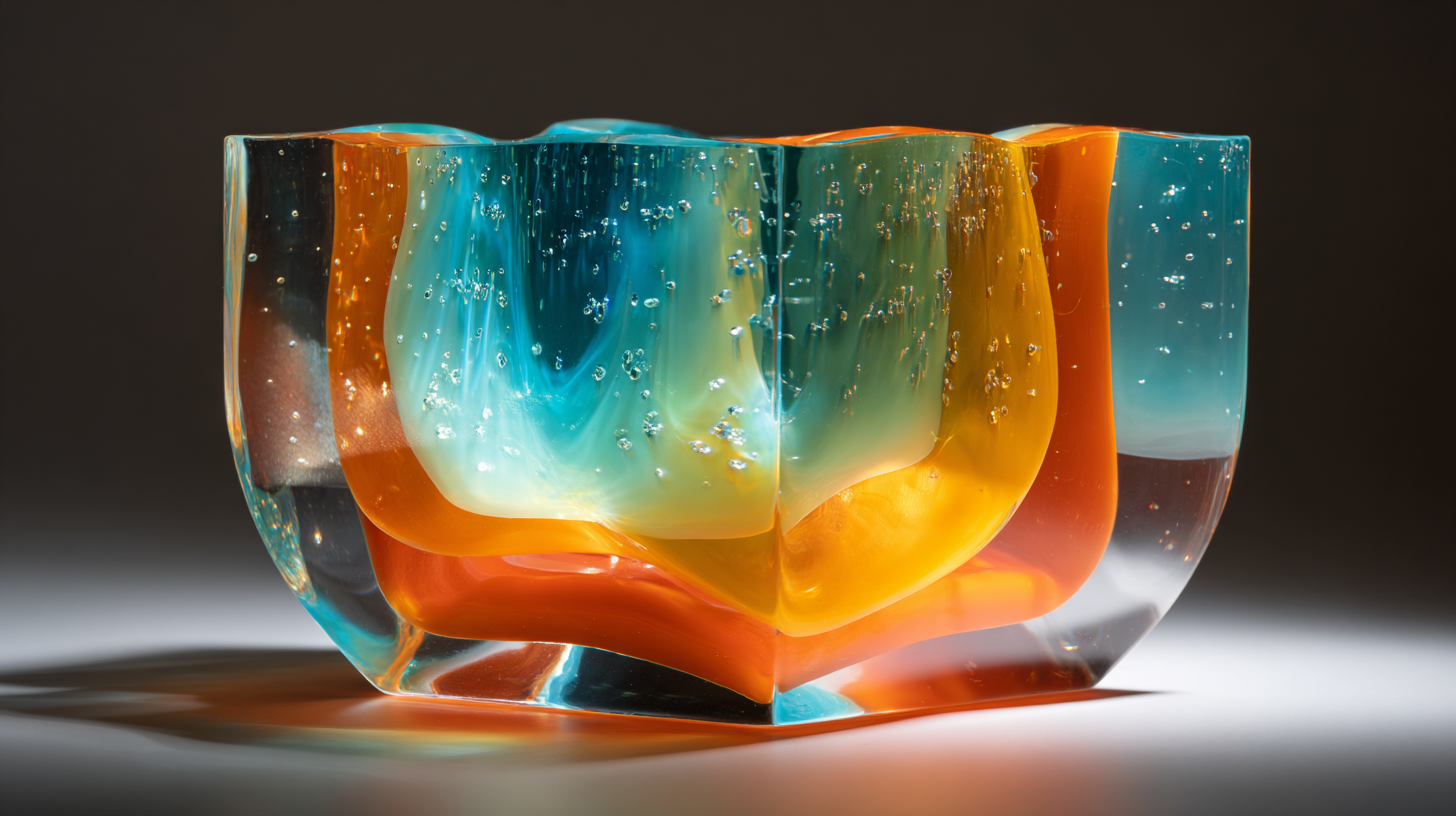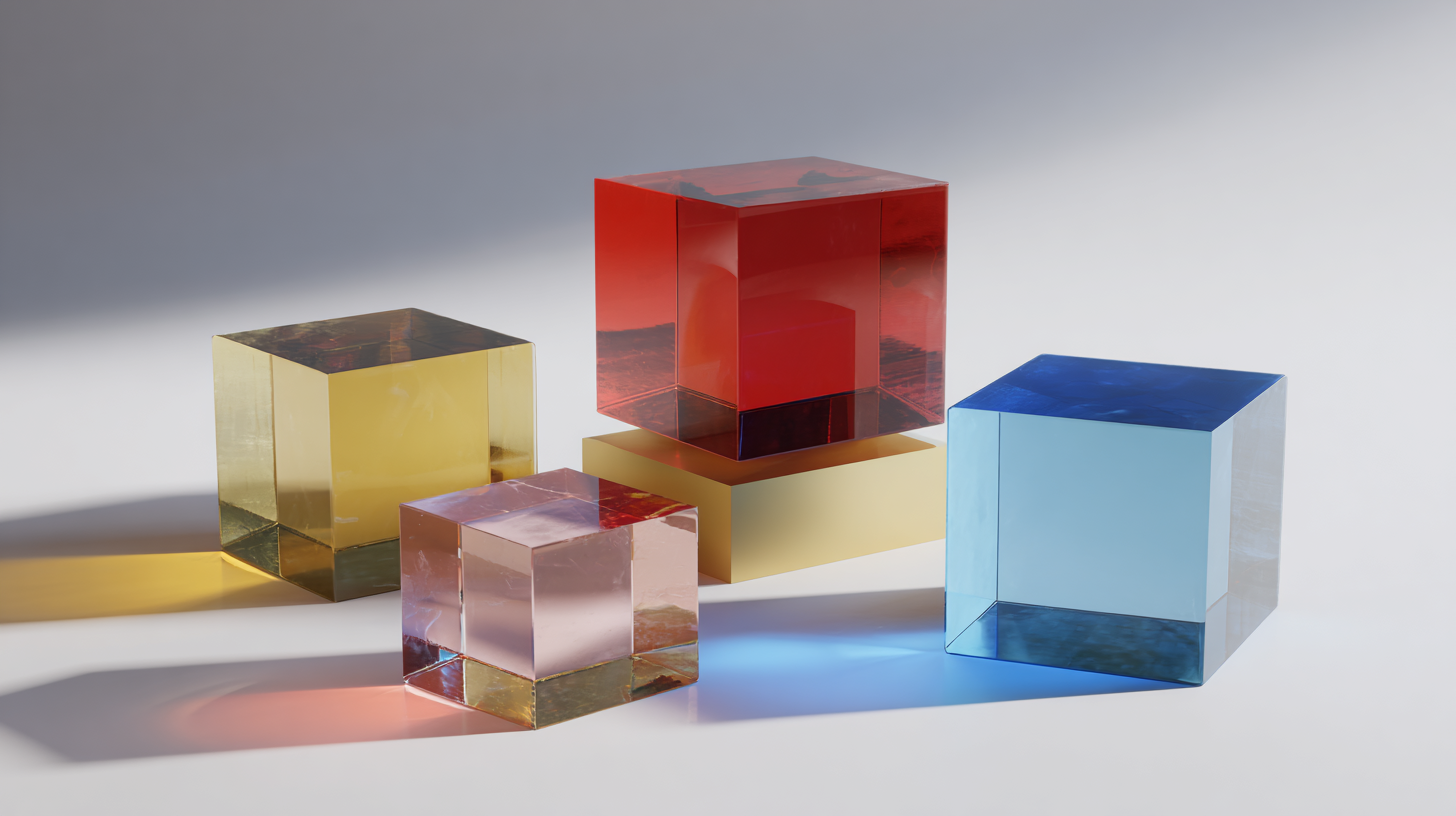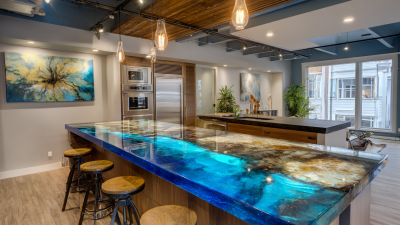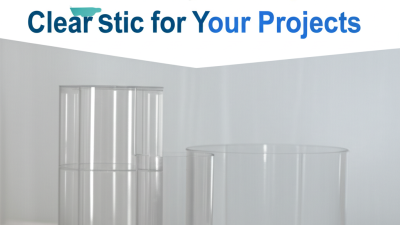Posts
Exploring the Versatility of Cast Acrylic: Creative Applications for Modern Design
In the realm of contemporary design, cast acrylic has emerged as a highly versatile material, captivating designers and architects alike with its unique properties and aesthetic appeal. Unlike traditional plastics, cast acrylic offers unparalleled clarity, durability, and the ability to be manipulated into a vast array of shapes and forms. This remarkable flexibility has led to innovative applications across diverse fields, including interior design, lighting, signage, and furniture. As designers continue to push the boundaries of creativity, cast acrylic stands out as a prime choice that not only enhances functional aspects but also elevates the visual impact of modern spaces. The following exploration delves into the multifaceted uses of cast acrylic, demonstrating its potential to transform ordinary environments into extraordinary experiences while celebrating its role in fostering innovative design solutions.

Exploring the Unique Properties of Cast Acrylic for Design Innovation
 Cast acrylic has emerged as a favored material in modern design, largely due to its unique properties that enhance both aesthetics and functionality.
Unlike extruded acrylic, cast acrylic offers superior optical clarity, allowing designers to create pieces that capture and manipulate light in captivating ways.
This capability makes it an excellent choice for applications ranging from illuminated signage to eye-catching display cases, where clarity and brilliance are paramount.
Cast acrylic has emerged as a favored material in modern design, largely due to its unique properties that enhance both aesthetics and functionality.
Unlike extruded acrylic, cast acrylic offers superior optical clarity, allowing designers to create pieces that capture and manipulate light in captivating ways.
This capability makes it an excellent choice for applications ranging from illuminated signage to eye-catching display cases, where clarity and brilliance are paramount.
Moreover, cast acrylic is highly versatile in its adaptability to various forms and finishes. Designers can easily mold and fabricate cast acrylic into intricate shapes, pushing the boundaries of conventional design. Its inherent durability and resistance to UV light further strengthen its appeal, ensuring that creations not only possess a striking appearance but also withstand the test of time. This combination of beauty and resilience invites innovative uses in diverse fields such as furniture design, architectural features, and artistic installations, positioning cast acrylic as a cornerstone of modern design innovation.
Benchmarking the Durability of Cast Acrylic: Industry Statistics and Insights
 Cast acrylic, widely recognized for its outstanding clarity and versatility, has become a key material in modern design. However, when it comes to applications that demand durability, it is essential to benchmark its performance against other materials. According to a report by Smithers Pira, cast acrylic offers a remarkable impact resistance, with tests showing it can withstand shocks exceeding 30 times greater than regular glass. This makes it an ideal choice for environments where safety and resilience are crucial, such as in architectural facades and protective barriers.
Cast acrylic, widely recognized for its outstanding clarity and versatility, has become a key material in modern design. However, when it comes to applications that demand durability, it is essential to benchmark its performance against other materials. According to a report by Smithers Pira, cast acrylic offers a remarkable impact resistance, with tests showing it can withstand shocks exceeding 30 times greater than regular glass. This makes it an ideal choice for environments where safety and resilience are crucial, such as in architectural facades and protective barriers.
Moreover, industry statistics reveal that cast acrylic maintains its structural integrity over time, with a lifespan averaging 10 years in outdoor conditions. A study conducted by the Acrylic Association highlighted that its UV stability significantly reduces yellowing, retaining clarity and aesthetic appeal for longer periods compared to alternatives like polycarbonate. These insights illustrate how cast acrylic not only meets but often exceeds durability expectations, making it a superb selection for designers looking to blend form with function in their projects.
Creative Lighting Solutions: How to Utilize Cast Acrylic in Contemporary Fixtures
Cast acrylic is increasingly becoming a favored material in contemporary lighting design due to its unique properties and aesthetic appeal. Its lightweight nature allows for intricate shapes and designs that traditional glass cannot easily achieve. Additionally, cast acrylic can be molded into various forms, from sleek modern lines to organic curves, making it incredibly versatile for varying design themes. The ability to diffuse light effectively also means that cast acrylic can soften harsh lighting, creating a warm and inviting atmosphere in residential and commercial spaces alike.
In modern fixtures, cast acrylic can be treated with various finishes and colors, enhancing both functionality and visual interest. For instance, integrating LED lights within cast acrylic structures can produce stunning visual effects, illuminating the refractive surfaces while minimizing energy consumption. Designers are increasingly experimenting with different textures and patterns in cast acrylic, allowing them to create dynamic installations that interact with light in captivating ways. As architects and interior designers continue to explore innovative applications, cast acrylic is poised to play a pivotal role in the evolution of contemporary lighting solutions.
Transforming Spaces: Versatile Applications of Cast Acrylic in Interior Design
Cast acrylic has emerged as a significant material in modern interior design, transforming spaces with its remarkable versatility. With the global acrylic sheets market projected to reach $4.5 billion by 2026, driven by the growing demand from both the architectural and interior design sectors, the material's adaptability is clear. Designers appreciate its lightweight nature, clarity, and UV resistance, making it an ideal choice for various applications, from partitions and lighting fixtures to furniture and decorative elements.
Incorporating cast acrylic into interior design not only enhances aesthetic appeal but also offers functional advantages. For instance, the material can be fabricated into intricate shapes and colors, allowing for personalized designs tailored to specific spaces. According to a report by Grand View Research, the growing trend towards sustainable building materials further boosts the use of cast acrylic due to its recyclability and long lifespan. Whether used in residential settings to create unique shelving units or in commercial spaces for striking signage, cast acrylic proves to be a key player in modern design, seamlessly blending creativity with functionality.
| Application Area | Description | Benefits | Examples |
|---|---|---|---|
| Partitions | Used to create stylish dividers in open spaces. | Enhances light flow and maintains an open feel. | Office spaces, cafes. |
| Furniture | Sleek and modern furniture pieces. | Durable, lightweight and easy to clean. | Tables, chairs, shelves. |
| Lighting Fixtures | Unique lamps and lighting designs. | Creates ambient and decorative lighting. | Wall sconces, pendant lights. |
| Wall Art | Acrylic pieces as artistic elements. | Adds color and dimension to spaces. | Sculptures, panels. |
| Display Units | Showcases for products or artwork. | Maximizes visibility without obstruction. | Retail displays, exhibitions. |
Sustainability in Modern Design: The Eco-Friendly Aspects of Cast Acrylic Usage
Cast acrylic has emerged as a frontrunner in modern design, particularly for its sustainable properties that align with the growing demand for eco-friendly materials. According to a 2021 report by the Plastics Industry Association, approximately 30% of all acrylic sheets produced are now made from recycled materials, greatly reducing the reliance on virgin resources. This shift not only minimizes waste but also significantly lowers the carbon footprint associated with the manufacturing process. Designers are increasingly turning to cast acrylic for applications ranging from architecture to product design, providing a versatile medium that meets both aesthetic and environmental standards.
In addition to its recyclability, cast acrylic is known for its durability and longevity, which further contributes to sustainability. A study from the Institute of Sustainable Design highlighted that the lifespan of cast acrylic products can exceed that of traditional materials like glass or polycarbonate, resulting in less frequent replacement and waste. Moreover, its lightweight nature reduces transportation emissions, making it a favorable option for designers who are conscious of their projects' overall impact on the environment. As the architecture and design industries continue to innovate, the eco-friendly aspects of cast acrylic will likely play an integral role in shaping a sustainable future.


